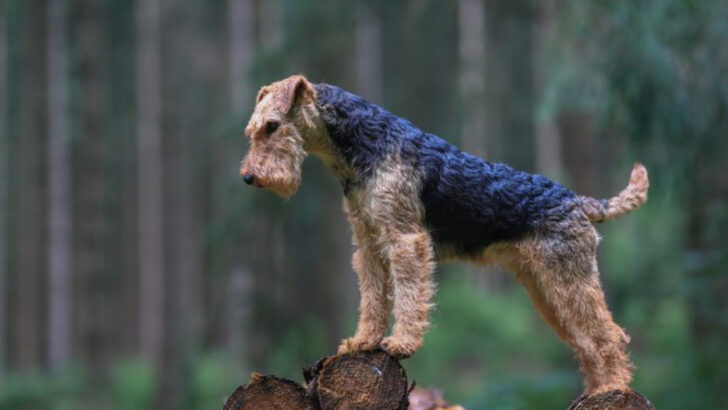Dogs aren’t just domesticated friends—they could conquer the wild!
Imagine a pack of fearless canines, each with a warrior’s heart and unbreakable spirit. In nature’s harsh playground, these breeds would thrive, turning every obstacle into a daring escapade. Picture a mighty mastiff charging through rugged terrain or a swift husky outsmarting nature’s challenges.
In the wild, loyalty morphs into fierce determination, and every wag of a tail signals raw survival instinct. These dogs carry the legacy of their untamed ancestors, ready to face the elements head-on. Their agile movements and bold spirit reveal that survival is not just a skill—it’s an art form.
Discover 21 dog breeds that prove life in the wild isn’t reserved for myth. They embody resilience and adventure, reminding us that sometimes true courage comes on four paws.
Step into this wild journey and see why these breeds stand apart as legends of endurance and spirit.
Alaskan Malamute
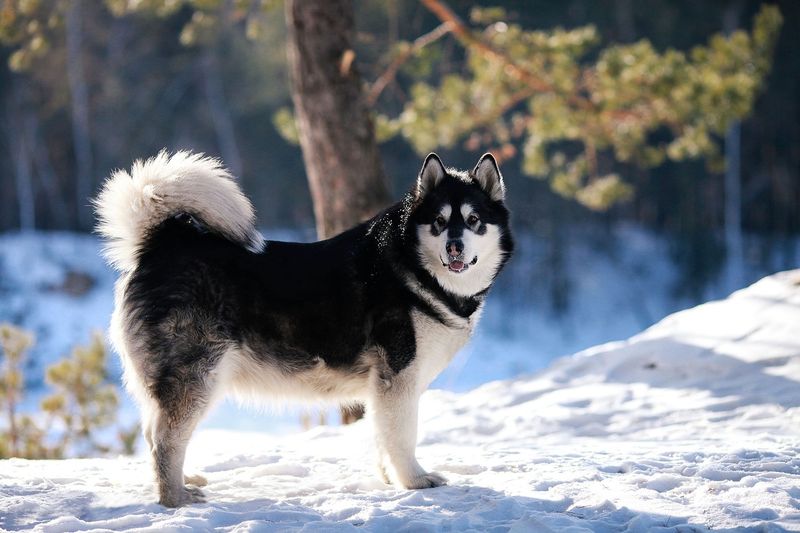
Alaskan Malamutes are powerfully built dogs originally bred to haul heavy freight as sled dogs. Their thick fur coat provides insulation against harsh Arctic climates, making them well-suited for cold environments.
Known for their endurance, Malamutes can travel long distances in pursuit of food. Their strong pack instincts also help them work cooperatively to hunt and survive.
In the wild, their keen sense of smell and ability to navigate snowy terrains give them a distinct advantage. Malamutes are independent yet loyal, traits that bolster their survival skills.
Siberian Husky
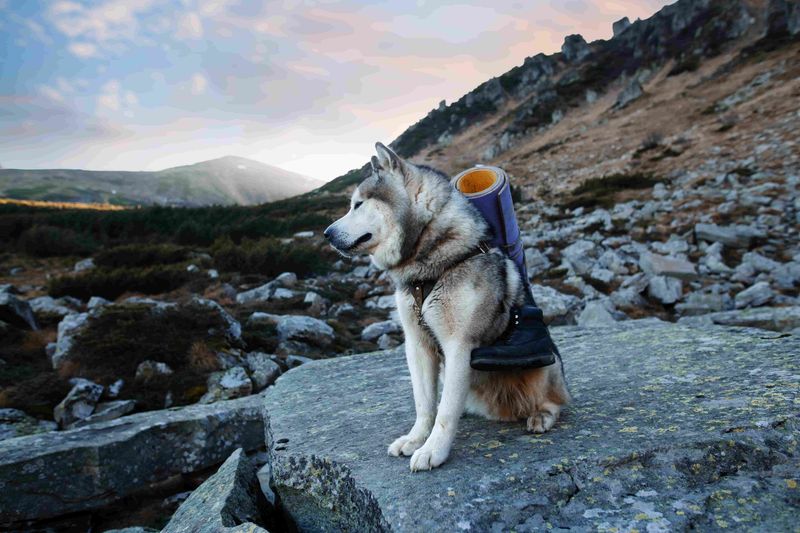
Siberian Huskies are renowned for their speed and agility, stemming from their heritage as sled dogs. They possess a double coat that protects them from freezing temperatures, making them adept at surviving in cold climates.
Their high energy levels and playful nature allow them to cover vast areas while foraging for food. Huskies are known for their keen sense of direction, aiding in navigating unfamiliar terrains.
Their pack mentality ensures they can work together to hunt or scavenge, providing a better chance of thriving in the wild.
German Shepherd
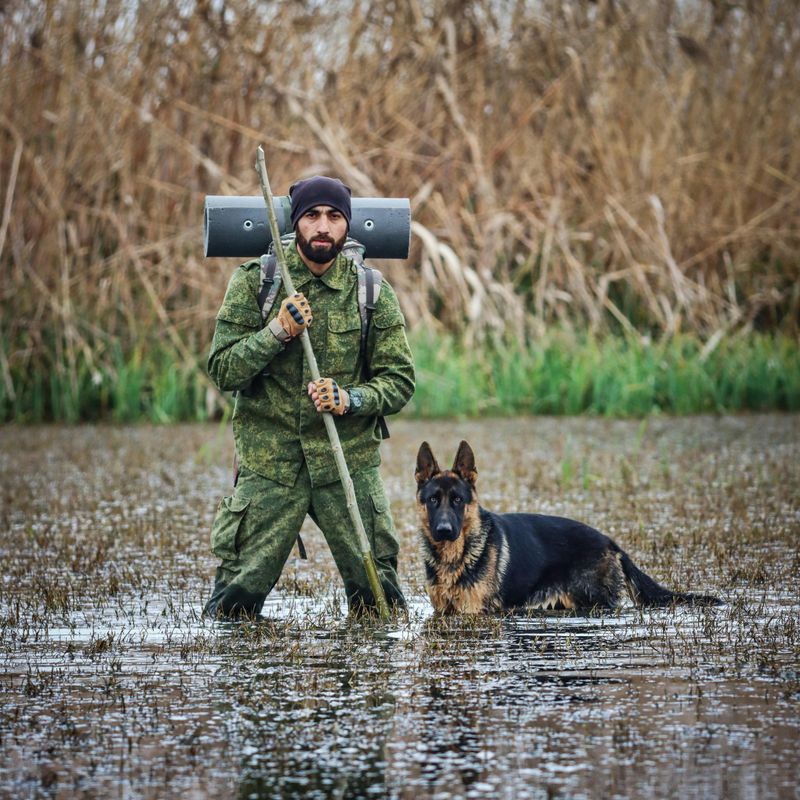
German Shepherds are highly intelligent and versatile, traits that make them excellent candidates for surviving in the wild. Their keen sense of smell and hearing allows them to detect prey or predators from a distance.
With a strong protective instinct, they are capable of defending themselves and their pack from danger. Their adaptability to various environments, from forests to mountains, enhances their survivability.
German Shepherds’ innate loyalty and problem-solving skills enable them to navigate challenges and find resources, ensuring their survival.
Australian Cattle Dog
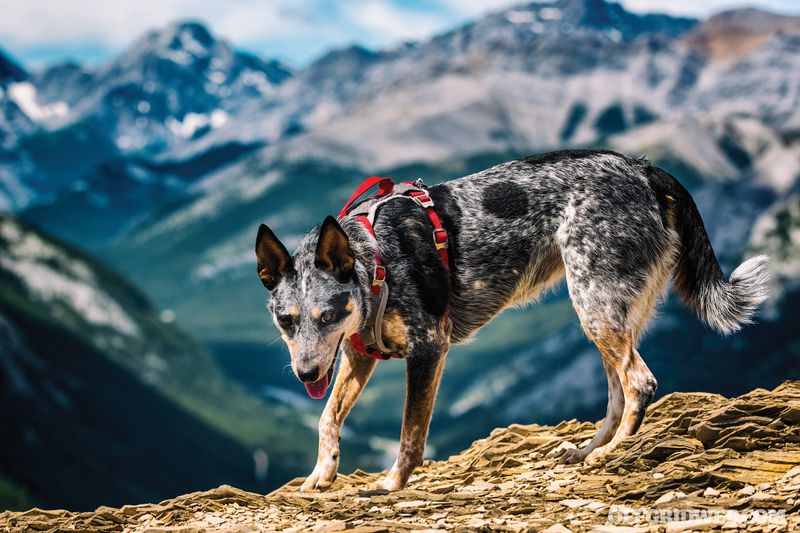
Australian Cattle Dogs are known for their herding prowess and intelligence, traits that serve them well in the wild. Their agile bodies and tenacity allow them to chase and capture prey effectively.
Bred to work in harsh conditions, they can endure extreme weather while maintaining focus on survival tasks. These dogs are independent thinkers, capable of assessing situations and making quick decisions.
Their strong work ethic and ability to bond with others aid them in forming alliances, enhancing their survival prospects in nature.
Rhodesian Ridgeback
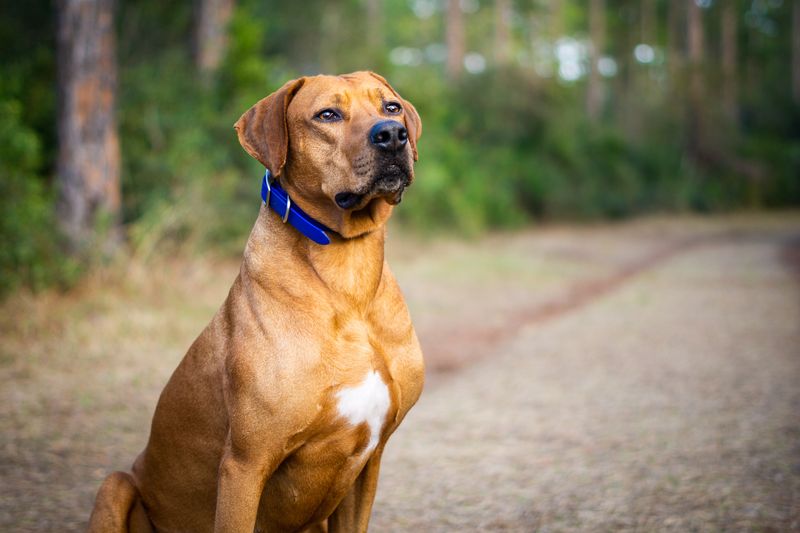
Rhodesian Ridgebacks were originally bred to hunt lions, showcasing their strength and bravery. Their sleek, muscular build allows them to run at high speeds, giving them an advantage when hunting or evading predators.
Adapted to hot climates, their short coat and stamina make them resilient in the wild African savannahs. Ridgebacks are known for their independence and keen instincts, essential traits for survival.
Their ability to remain calm under pressure and make strategic decisions ensures they can thrive in challenging environments.
Akita
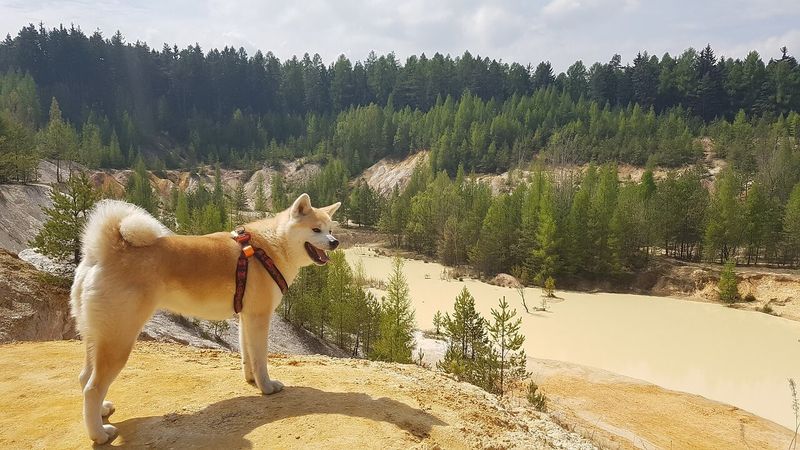
Akitas are dignified and powerful dogs, originally bred in Japan for hunting large game like bears. Their thick double coat provides insulation against cold weather, while their strong build aids in physical confrontations.
Known for their loyalty and independence, Akitas can work alone to track and hunt prey. Their acute senses help them detect subtle changes in their environment, an asset in the wild.
Their ability to stay focused and determined in pursuit of a goal makes them formidable survivors when faced with nature’s challenges.
Basenji
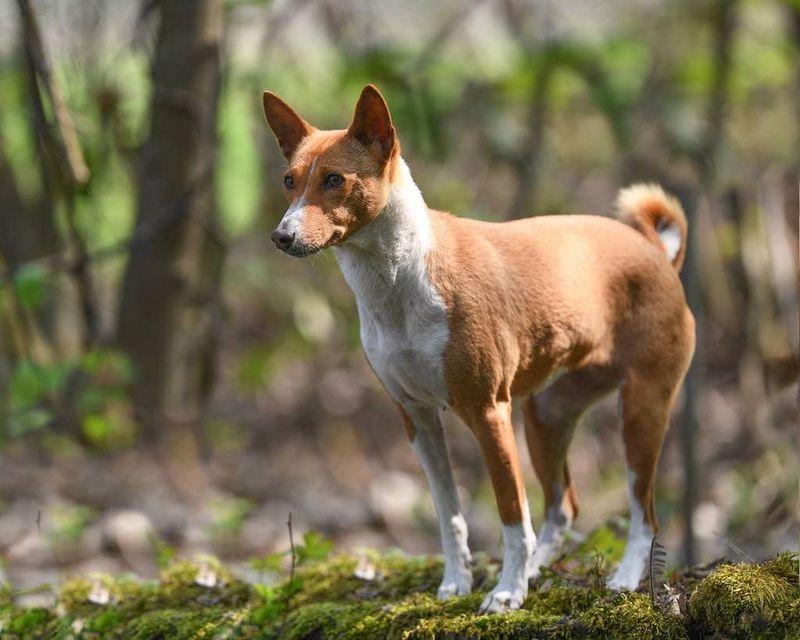
Basenjis are agile and intelligent dogs, originally from Central Africa, known for their unique yodel-like bark. Their small size and lean build make them excellent at navigating dense forests and rocky terrains.
They have a highly developed sense of smell and sight, aiding in tracking prey. Basenjis are independent and resourceful, often relying on their instincts to find food and shelter.
Their cleanliness and low odor make them less detectable to predators, providing an advantage in the wild. Basenjis’ adaptability ensures their survival in diverse environments.
Belgian Malinois
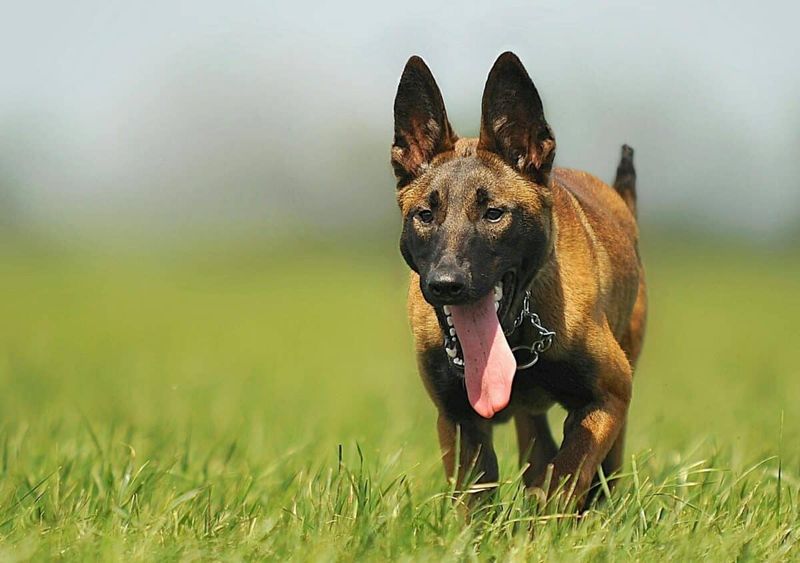
Belgian Malinois are highly trainable dogs known for their work in military and police roles. Their intelligence and agility make them skilled at navigating challenging terrains.
With a strong prey drive, they can hunt and capture food efficiently. Malinois are protective and courageous, willing to defend their territory and pack from threats.
Their high energy levels allow them to endure long periods of activity, essential for survival in the wild. Adaptability and keen senses further enhance their ability to thrive in natural settings.
Border Collie
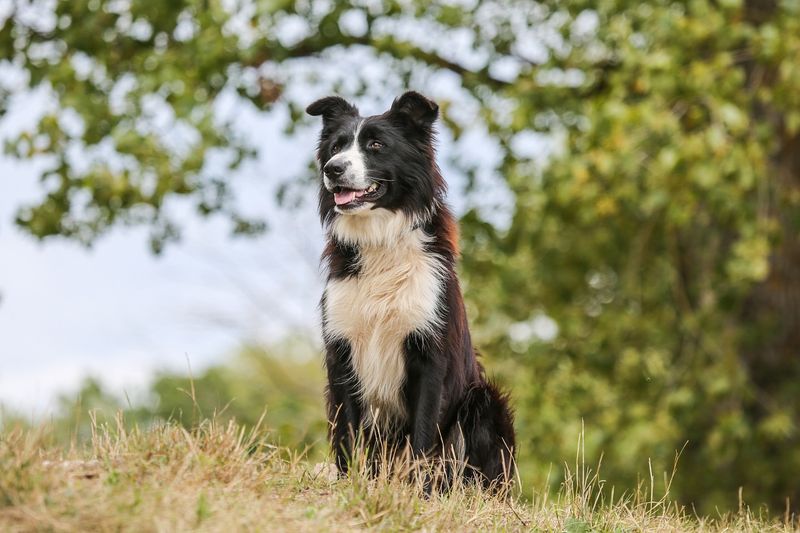
Border Collies are renowned for their intelligence and herding skills, making them adept at surviving in the wild. Their quick reflexes and agility allow them to chase and capture prey with precision.
Bred to work independently, they possess strong problem-solving skills essential for finding food and shelter. Their keen senses enable them to detect changes in their environment, a valuable trait for survival.
Border Collies’ stamina and work ethic ensure they can endure long days of foraging and exploration, increasing their chances of thriving in nature.
Chow Chow
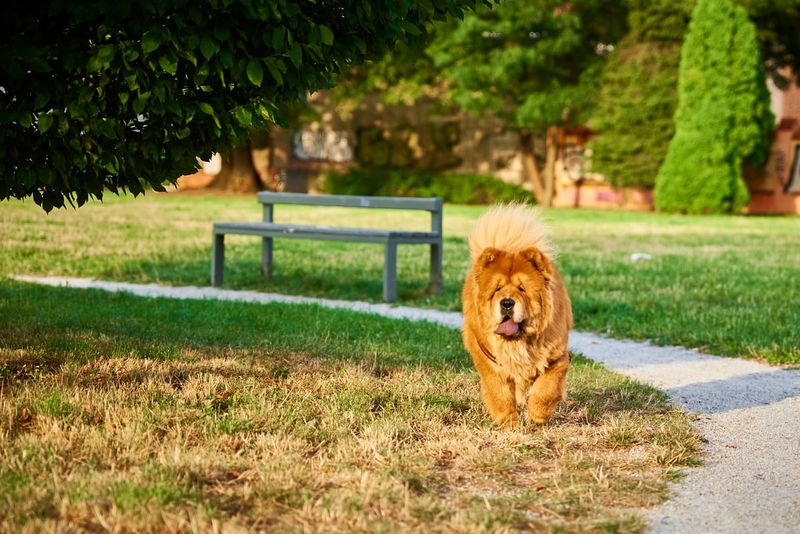
Chow Chows are sturdy dogs with a history of hunting and guarding, attributes that aid in their survival. Their thick, lion-like coats provide insulation against cold climates, suited for snowy environments.
Known for their independence and aloofness, they can operate alone, making decisions without human guidance. Their strong territorial instincts allow them to protect resources and fend off intruders.
Chow Chows’ ability to adapt to various environments and stay resilient in adverse conditions enhances their survival prospects in the wild.
Doberman Pinscher
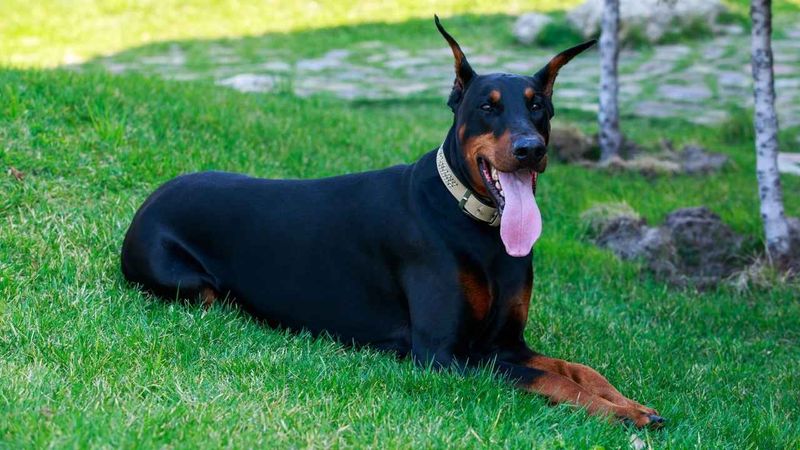
Doberman Pinschers are intelligent and alert dogs, qualities that are advantageous in the wild. Their sleek, muscular build allows them to run fast and chase prey effectively.
Originally bred for protection, they possess strong guarding instincts, enabling them to secure resources and defend against threats. Their loyalty and trainability aid in forming alliances, which can enhance survival.
Dobermans’ sharp senses and quick reflexes allow them to respond to environmental changes rapidly, ensuring they thrive even in challenging conditions.
Rottweiler
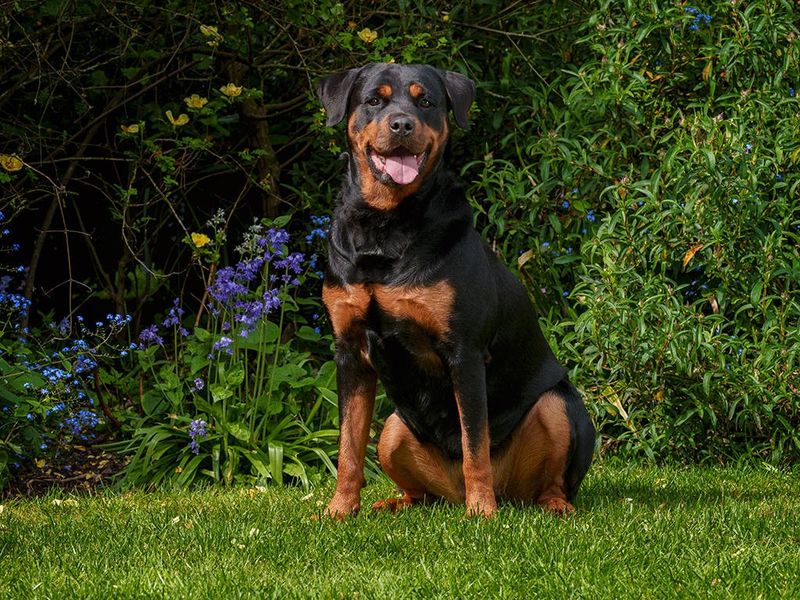
Rottweilers are powerful and confident dogs with a history of herding and guarding, making them well-suited for survival. Their muscular build equips them to tackle challenging terrains and physical confrontations.
Known for their intelligence, they can quickly assess situations and make strategic decisions. Their protective nature ensures they can safeguard their resources and pack from threats.
Rottweilers’ endurance and adaptability to various environments, from mountains to plains, enhance their ability to thrive in the wild.
Great Pyrenees
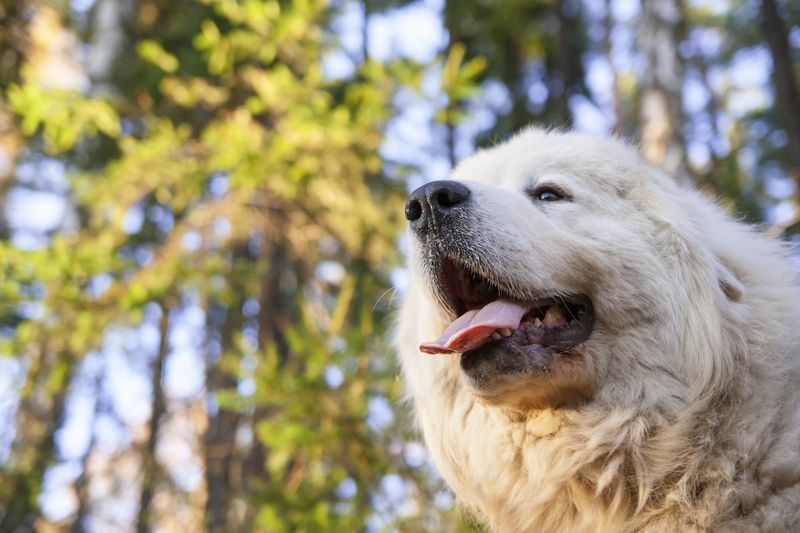
Great Pyrenees are known for their guarding abilities, originally bred to protect livestock in mountainous regions. Their thick, weather-resistant coats provide insulation against cold climates, ideal for winter survival.
These dogs are independent thinkers, capable of making quick decisions to protect themselves and their pack. Their calm demeanor in the face of threats allows them to assess situations before acting.
With strong instincts and endurance, Great Pyrenees can navigate rugged terrains and find food, proving resilient in wild environments.
Karelian Bear Dog
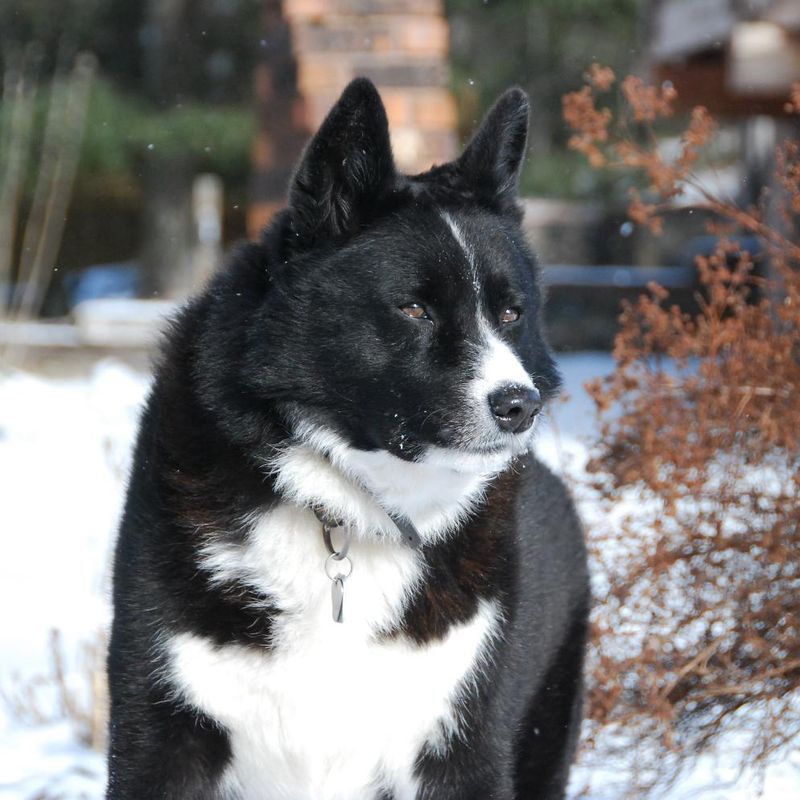
Karelian Bear Dogs are fearless hunters originally from Finland, known for their bravery in tracking large game like bears. Their strong build and endurance allow them to pursue prey over long distances.
These dogs have a keen sense of smell and hearing, essential for detecting food and predators. Their independent nature and protective instincts make them formidable in defending their territory.
Karelian Bear Dogs’ adaptability to forested and mountainous environments enhances their survival skills, allowing them to thrive in diverse conditions.
Shiba Inu
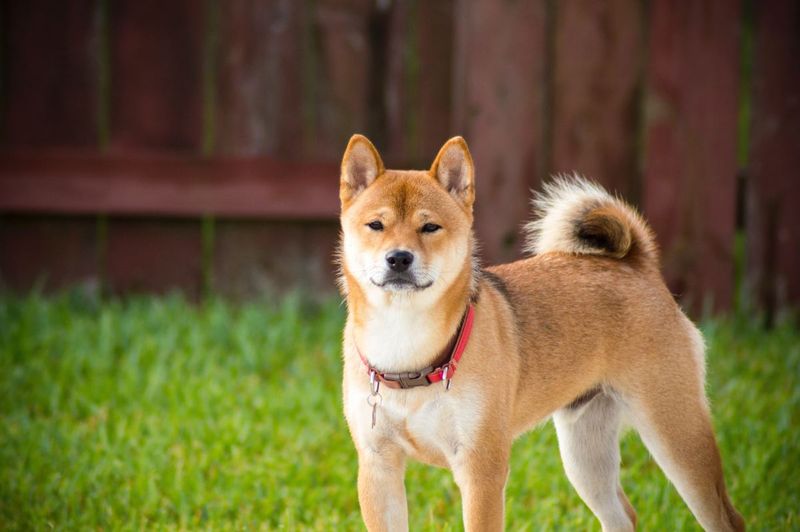
Shiba Inus are agile and spirited dogs originally from Japan, known for their independence and intelligence. Their small size and nimble movements allow them to navigate rocky terrains and dense foliage easily.
They possess a strong prey drive and keen instincts, aiding in hunting small animals. Shibas are also known for their alertness, quickly responding to environmental changes.
Their ability to remain calm and collected under pressure, along with their resilience, ensures they can survive various challenges in the wild.
Canaan Dog
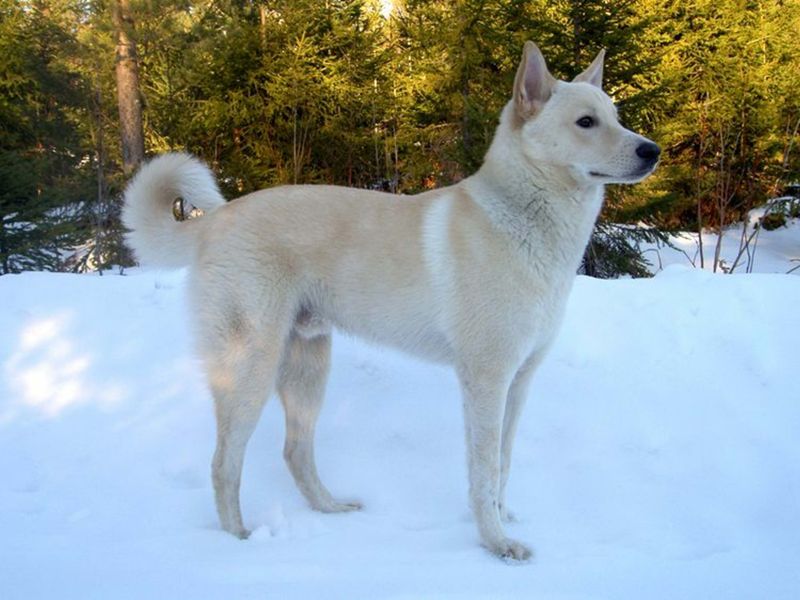
Canaan Dogs are ancient breeds known for their survival skills in desert environments. Their short, dense coats protect them from harsh sun and cold nights.
These dogs are highly intelligent and independent, capable of making resourceful decisions to find food and water. Their alertness allows them to detect threats or opportunities from afar.
Canaan Dogs’ adaptability to extreme climates and ability to traverse rugged terrains make them well-equipped to thrive in the wild, using their instincts to navigate challenges.
New Guinea Singing Dog
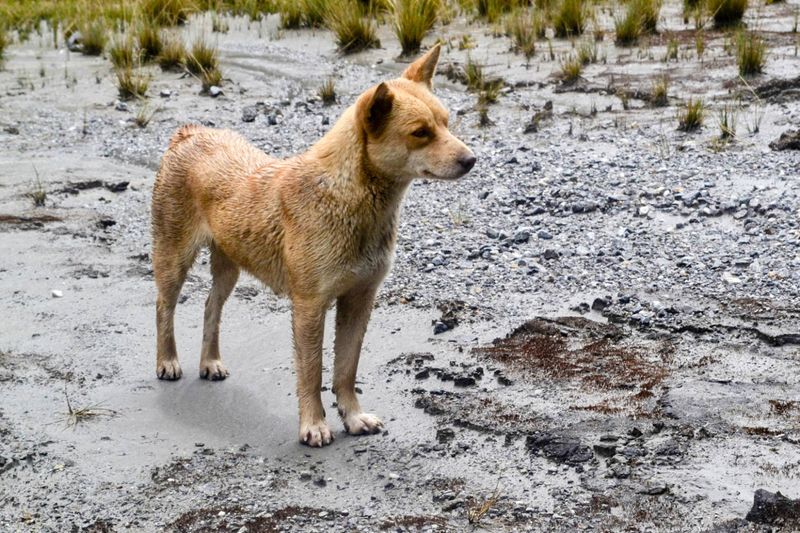
New Guinea Singing Dogs are rare and primitive, known for their unique vocalizations and agility. Their compact bodies and flexible joints aid in navigating dense jungle environments.
These dogs have a heightened sense of smell and hearing, crucial for tracking prey and avoiding predators. Their independent and curious nature drives them to explore and adapt to new surroundings.
Their ability to communicate through varied sounds helps them coordinate with others, enhancing their survival prospects in the wild, where cooperation can be vital.
Thai Ridgeback
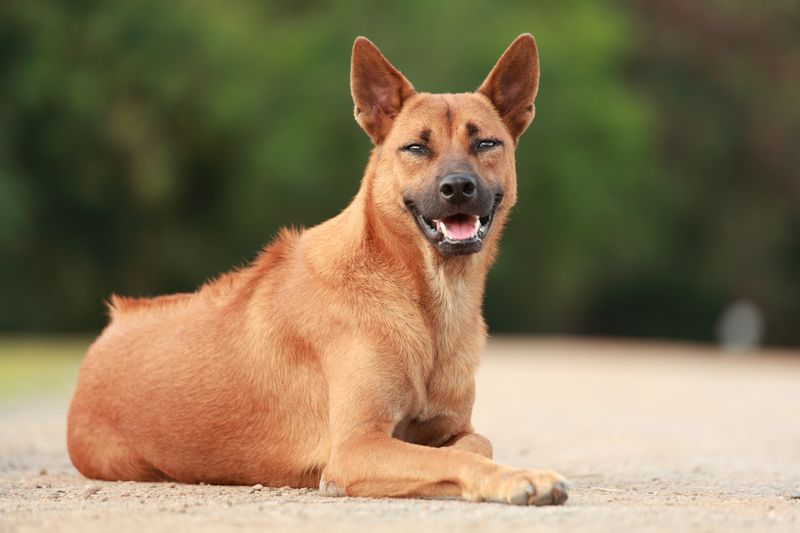
Thai Ridgebacks are alert and athletic dogs originally from Thailand, known for their distinctive ridge of hair along the back. Their strong build and agility make them well-suited for forest and jungle environments.
These dogs possess strong survival instincts, capable of hunting and fending for themselves. Their keen senses enable them to detect subtle changes in their surroundings, crucial for safety.
Thai Ridgebacks’ independence and resilience allow them to adapt to various challenges, ensuring they can thrive even in harsh and unpredictable conditions.
Dingo
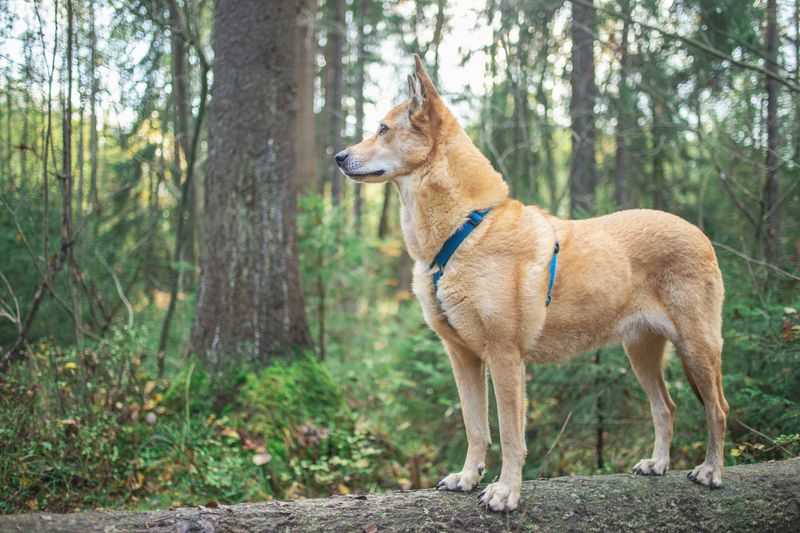
Dingoes are wild dogs native to Australia, renowned for their adaptability to harsh outback conditions. Their lean bodies and keen senses enable them to hunt effectively and navigate vast terrains.
Dingoes are known for their independence and social structure, often living in packs that aid in hunting and protection. Their ability to communicate and cooperate enhances their survival skills.
With a diet that includes a variety of prey, dingoes are versatile in their feeding habits, ensuring they can find sustenance in diverse environments.
Norwegian Elkhound
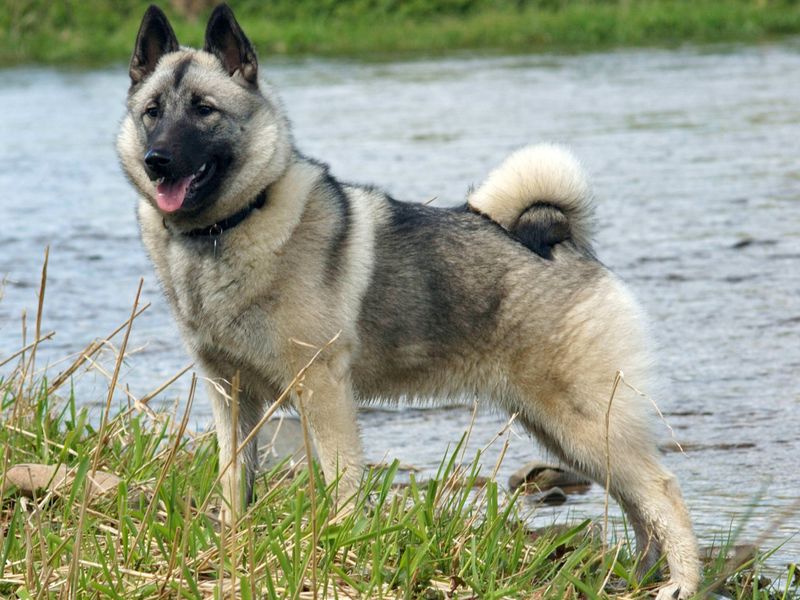
Norwegian Elkhounds are hardy dogs with a history of hunting moose and other large game in Scandinavia. Their thick coats provide warmth in freezing temperatures, ideal for winter survival.
Known for their stamina and endurance, they can track prey across challenging terrains for long distances. Their loyalty and protective instincts ensure they can defend their pack and territory.
Norwegian Elkhounds’ adaptability to cold climates and rugged landscapes enhances their ability to thrive in the wild, using their senses and instincts to navigate challenges.
Airedale Terrier
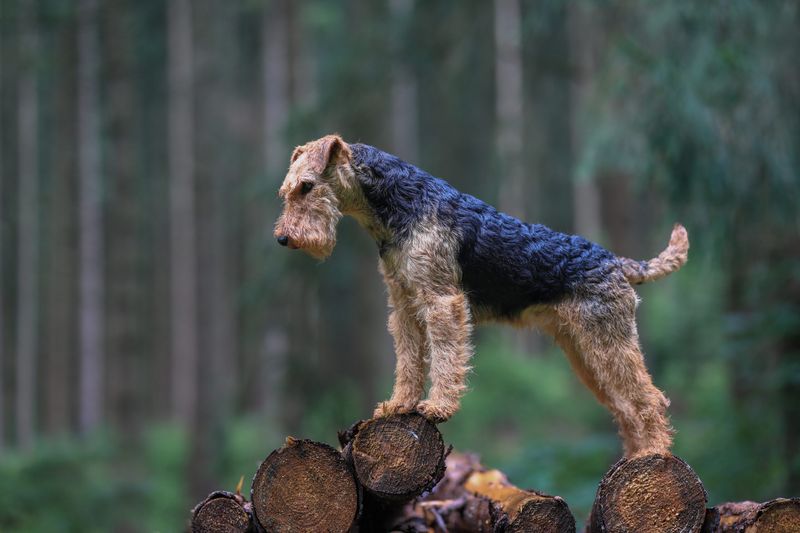
The Airedale Terrier, often dubbed the “King of Terriers,” boasts a robust build and an adventurous spirit. Known for their intelligence and trainability, Airedales can quickly adapt to new environments. Their wiry coat offers protection against harsh weather, making them suitable for outdoor living. With origins as a working dog, they possess a strong prey drive and can hunt for food if necessary.
This breed is highly energetic, requiring ample exercise, which keeps them fit and ready for survival challenges. Their loyalty and keen senses make them excellent watchdogs, alert to potential dangers in the wild.

